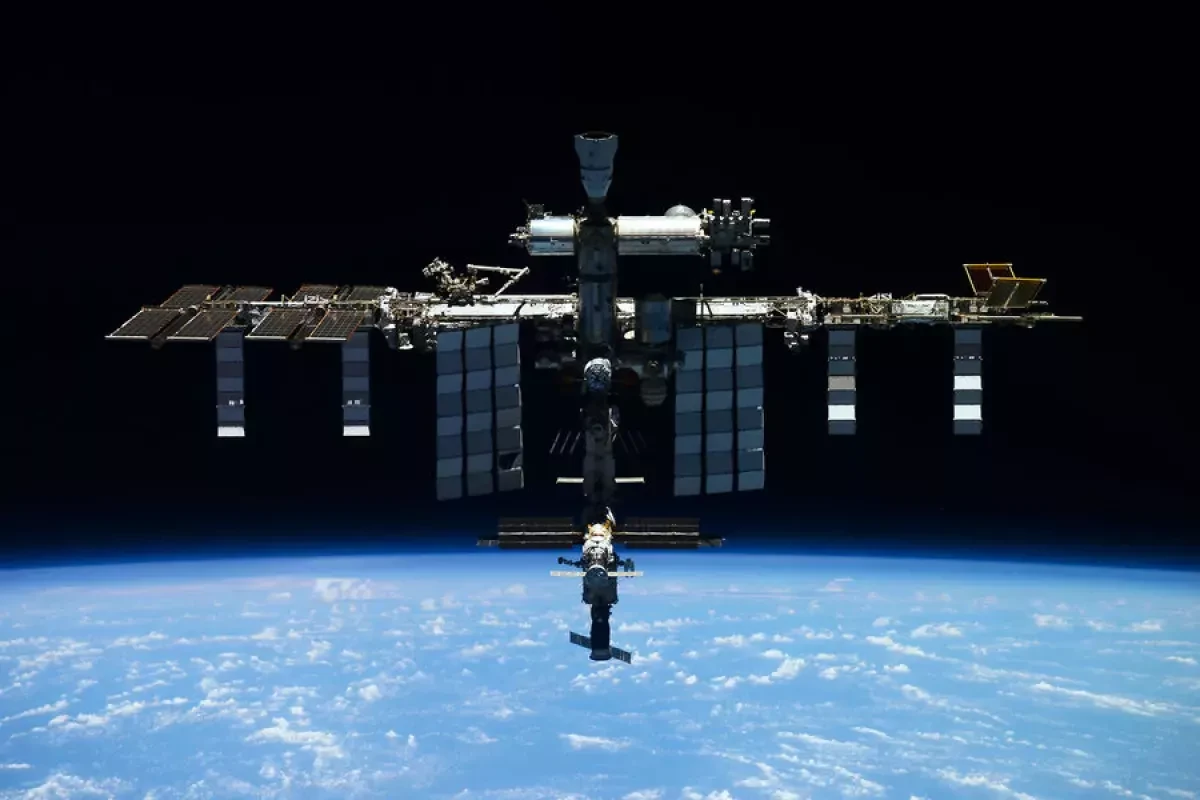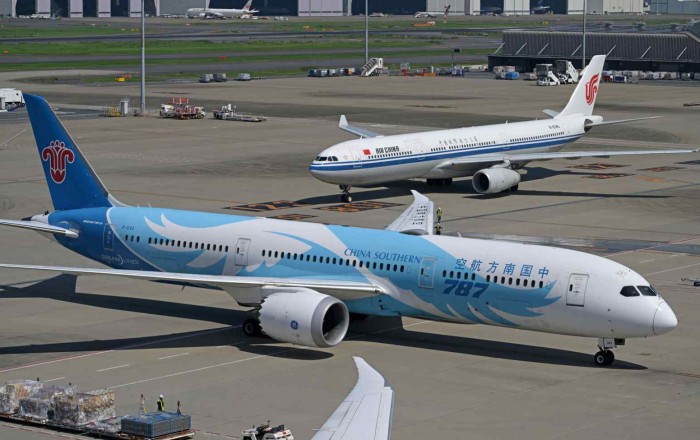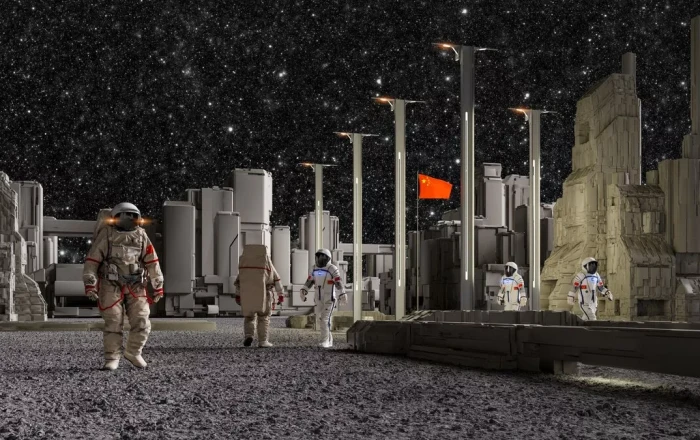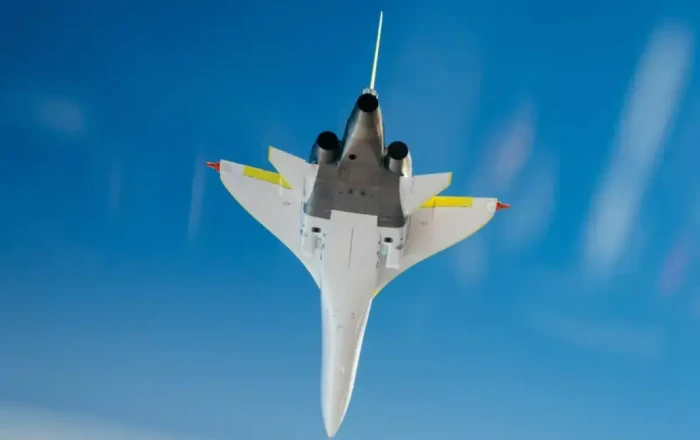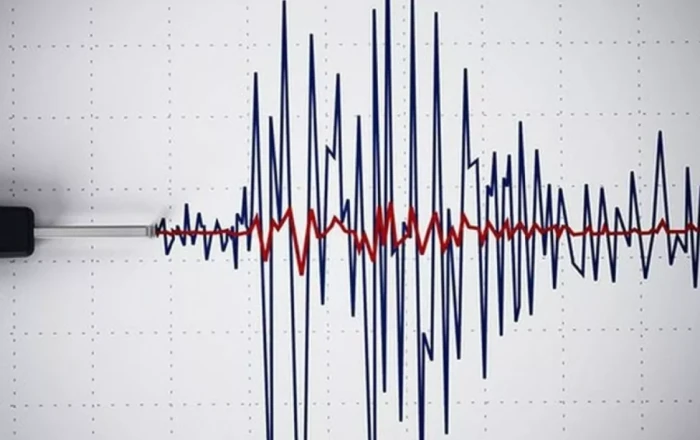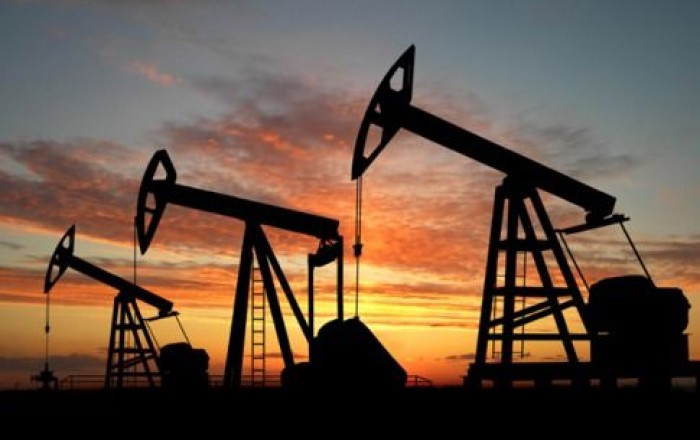NASA’s Aerospace Safety Advisory Panel (ASAP) has voiced serious concerns over the increasing risks facing the ageing International Space Station (ISS), warning that the facility is now in the most hazardous phase of its operational life as it approaches its planned retirement in 2030.
During a public meeting on April 17, panel member Rich Williams described the ISS as having entered “the riskiest period of its existence,” highlighting several compounding safety issues, some of which have persisted for years, Caliber.Az reports via foreign media.
Among the most pressing is the issue of persistent air leaks in a vestibule of the Russian-built Zvezda module, specifically in a section known as PrK. Small cracks have been observed there over several years, and despite joint investigations by NASA and Roscosmos, the root cause remains undetermined and unresolved.
Williams said that NASA and Roscosmos officials are scheduled to meet in Moscow later this month to assess progress on addressing the issue. In the meantime, ISS managers have adopted mitigation procedures, including limiting repressurization of the affected vestibule. “The panel has considered this one of our highest concerns,” Williams emphasised.
Another major issue flagged by ASAP is the lack of a finalised emergency deorbit strategy for the ISS. NASA has contracted SpaceX to develop a U.S. Deorbit Vehicle (USDV) to safely guide the station out of orbit when it is retired. However, until that vehicle is operational, any premature deorbit would significantly increase the public safety risk due to potential debris from an uncontrolled breakup. “If there is a deorbit of the ISS before the USDV is delivered, the risk to the public from ISS breakup debris will increase by orders of magnitude,” Williams warned.
Additional problems are also compounding the risk profile, including dwindling supplies of spare parts for life support systems and delays in cargo resupply missions. Notably, Sierra Space’s Dream Chaser vehicle—originally intended to begin resupply missions this year—has been delayed until at least late summer. Furthermore, Northrop Grumman recently cancelled its NG-22 Cygnus mission to the ISS after the spacecraft sustained damage during transport, eliminating a planned June resupply.
All these challenges are being exacerbated by what Williams described as a “large ISS budget shortfall.” While he did not specify the exact nature of the shortfall, he noted that it is the underlying factor behind many of the program’s risks. According to NASA’s fiscal year 2024 operating plan, $993 million was allocated for ISS operations and maintenance, with $1.63 billion dedicated to crew and cargo transport. In 2023, these figures were slightly higher, with $1.03 billion for operations and maintenance and $1.64 billion for transport.
In its 2024 annual report, ASAP warned that financial pressure from the cost of developing the USDV and the infrastructure to support future commercial space stations could further strain the ISS program. “The Panel has grave concerns, however, that if the necessary funds for both the USDV and the supporting launch infrastructure (over $1B in total) comes solely from the existing ISS budget, this will unduly strain NASA’s ability to safely perform normal and contingency ISS on-orbit operations,” the report stated.
Williams concluded with a call for continued strong funding and attention. “As programs near final phases, it is tempting to assume less resources will need to be available,” he said. “For the ISS, it is critical to maintain adequate budget and resources until the vehicle is safely reentered.”
“The panel appreciates the demonstrated operational excellence of the ISS program, but remains deeply concerned about the increasing and cascading risk attending the program over the next several years,” Williams said.
By Tamilla Hasanova
Source: caliber.az


